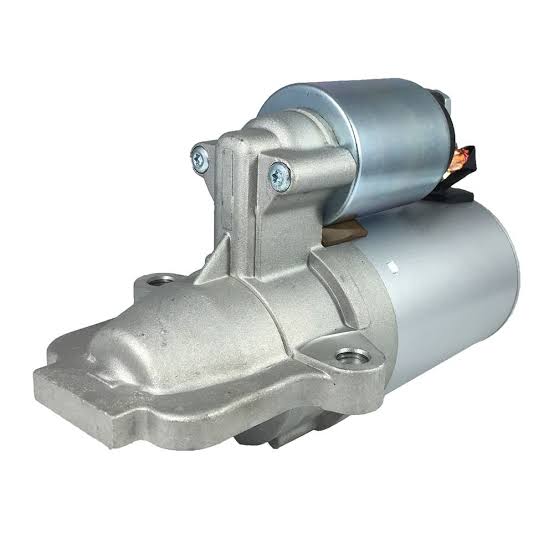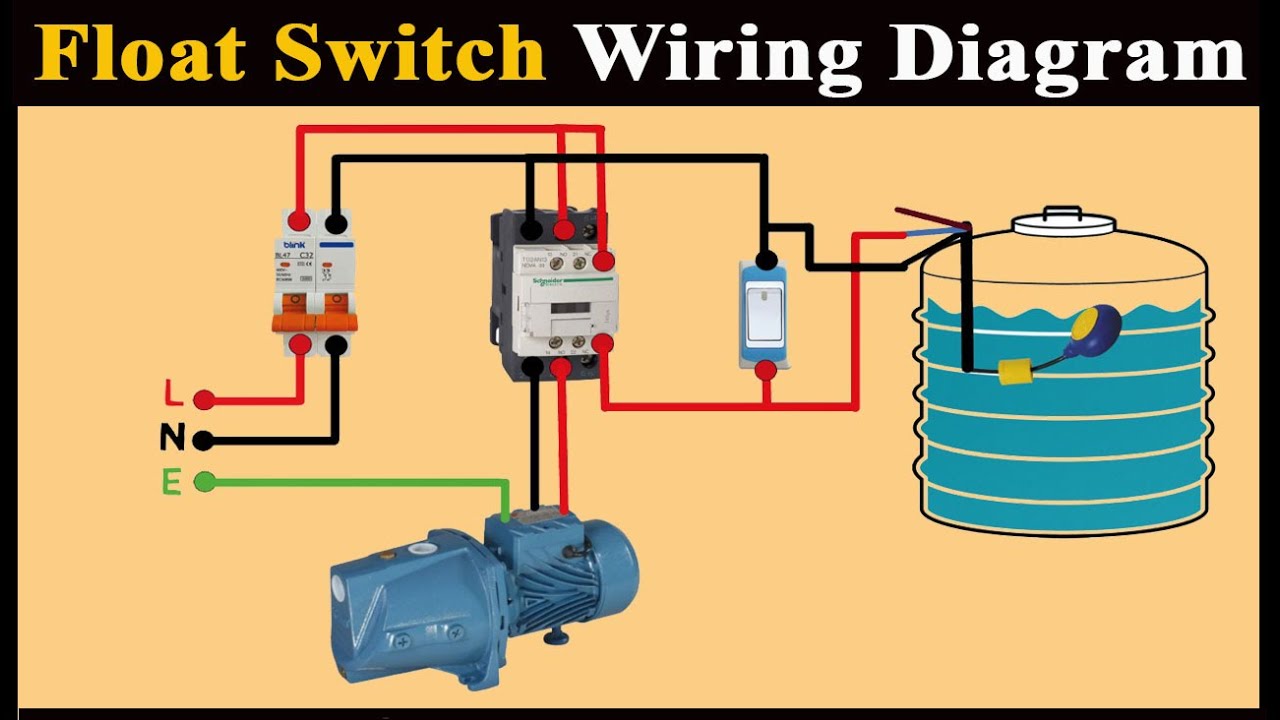The Ford Ranger 2001, a compact pickup truck known for its durability and versatility, relies on a robust starter to ignite its engine and kickstart every adventure. In this blog, we’ll delve into everything you need to know about the starter in the Ford Ranger 2001, including its function, signs of wear, maintenance tips, common issues, and replacement guidelines, ensuring your Ranger is always ready to hit the road with confidence.
Understanding the Starter in the Ford Ranger 2001
Function:
The starter in the Ford Ranger 2001 is a vital component of the vehicle’s ignition system, responsible for engaging the engine’s flywheel and initiating the combustion process. It uses electrical energy from the battery to turn the engine over and create the necessary conditions for combustion to occur, allowing the engine to start and run smoothly.
Components:
The starter consists of a powerful electric motor, solenoid, and gear mechanism housed in a durable metal casing. When the ignition key is turned, the solenoid engages the starter motor, which rotates the gear to mesh with the engine’s flywheel, initiating the engine’s cranking process.
Signs of Worn Starter
Slow Cranking:
One of the most common signs of a worn starter in the Ford Ranger 2001 is slow cranking or difficulty starting the engine. This may indicate worn internal components, insufficient electrical power, or a failing solenoid.
Clicking Noise:
A clicking noise when turning the ignition key may indicate a faulty solenoid or insufficient electrical power reaching the starter motor. This can occur due to a weak battery, corroded connections, or worn wiring.
Intermittent Starting Issues:
Intermittent starting issues, where the engine starts sporadically or fails to start altogether, may be attributed to a failing starter motor, solenoid, or electrical connections. These issues may worsen over time and eventually lead to complete starter failure.
Maintenance Tips for Starter
Regular Inspection:
Inspect the starter and its components regularly for signs of wear, damage, or corrosion. Look for loose or corroded electrical connections, worn wiring, and damaged or leaking components.
Testing:
Test the starter and charging system regularly using a multimeter or diagnostic tool to ensure proper operation and performance. Check the battery voltage, starter motor current draw, and solenoid engagement to identify any potential issues.
Cleaning and Lubrication:
Clean and lubricate the starter components as needed to remove dirt, debris, and corrosion that can affect performance. Use a mild solvent and a wire brush to clean electrical connections, and apply a light coat of grease or anti-seize compound to moving parts.
Replacement Guidelines for Starter
Signs for Replacement:
Replace the starter in your Ford Ranger 2001 if you notice any of the following signs:
- Slow cranking or difficulty starting the engine
- Clicking noise when turning the ignition key
- Intermittent starting issues or complete starter failure
Replacement Procedure:
- Disconnect the Battery: Start by disconnecting the negative (black) terminal of the battery to prevent electrical shock or damage during the replacement process.
- Locate the Starter: The starter is typically located on the lower side of the engine, near the transmission bell housing. Identify the starter motor, solenoid, and electrical connections.
- Remove the Old Starter: Disconnect the electrical connections to the starter, including the main power cable and solenoid wire. Remove any mounting bolts or brackets securing the starter to the engine or transmission housing.
- Install the New Starter: Install the new starter in the reverse order of removal, ensuring proper alignment and torque specifications for all mounting hardware. Reconnect the electrical connections to the starter, including the main power cable and solenoid wire.
- Test the Starter: Reconnect the battery and test the new starter to ensure proper operation and performance. Turn the ignition key to the “start” position and listen for smooth cranking and engine starting.
Conclusion
The starter in the Ford Ranger 2001 is a critical component of the vehicle’s ignition system, ensuring reliable engine starting and performance on every journey. By understanding its function, recognizing signs of wear, following proper maintenance tips, and knowing when to replace it, you can ensure that your Ranger is always ready to start strong and tackle any adventure. Regular inspections, testing, and timely replacement of worn or faulty starters are key to maintaining reliable starting and engine performance and enjoying the full benefits of your Ford Ranger 2001.
Share this content:



